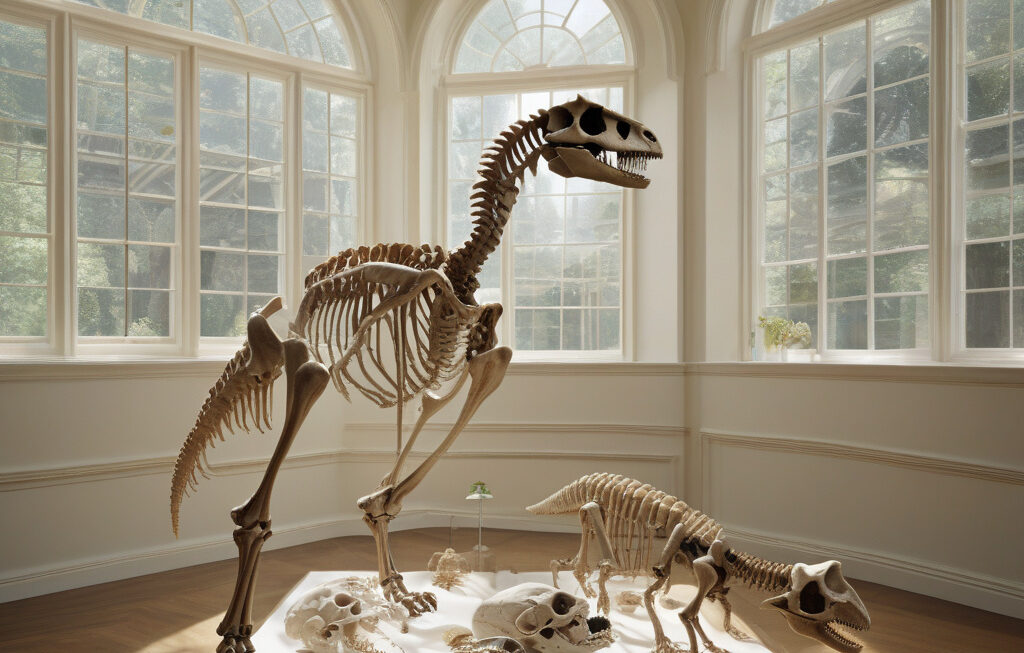Jurassic Park-ing: US Museum Unearths 67-Million-Year-Old Dinosaur Fossil Under Asphalt
Scientists in the US were in for a massive surprise when a drilling project beneath a parking lot at the Judith River Dinosaur Institute in Montana unearthed a remarkable discovery. Beneath layers of asphalt lay a nearly complete skeleton of a 67-million-year-old triceratops, perfectly preserved and waiting to reveal its secrets.
The finding has sparked excitement among paleontologists and dinosaur enthusiasts worldwide, shedding light on the ancient history of the region and providing a rare opportunity to study a dinosaur fossil in such pristine condition. The triceratops, a herbivorous dinosaur known for its three horns and frill around its head, is believed to have roamed the Earth during the late Cretaceous period.
Dr. Thomas O’Brien, the lead paleontologist at the institute, expressed his astonishment at the discovery, highlighting the significance of finding such a well-preserved specimen. “To stumble upon a dinosaur fossil of this caliber is truly a once-in-a-lifetime experience. It’s like uncovering a time capsule from millions of years ago,” he remarked.
The process of excavating the triceratops skeleton is expected to be meticulous and time-consuming, as paleontologists work diligently to ensure that each bone is carefully removed and preserved for further study. The goal is to reconstruct the skeleton and gain insights into the anatomy, behavior, and habitat of this ancient creature.
The discovery of the triceratops fossil underlines the importance of preserving natural history sites and highlights the potential for unexpected findings in unlikely places. Museums and research institutions play a vital role in uncovering and safeguarding our planet’s rich past, allowing us to piece together the puzzle of prehistoric life.
In recent years, advancements in technology have revolutionized the field of paleontology, enabling scientists to analyze fossils with unprecedented precision and detail. CT scans, 3D modeling, and DNA sequencing techniques have opened up new possibilities for studying ancient life forms and understanding their evolutionary relationships.
As the excavation of the triceratops fossil continues, researchers remain hopeful that the discovery will offer valuable insights into the world of dinosaurs and captivate audiences of all ages. The story of this ancient creature, hidden beneath a parking lot for millions of years, serves as a reminder of the mysteries waiting to be uncovered in the most unexpected places.
The unearthing of the 67-million-year-old triceratops fossil in Montana is a testament to the enduring fascination with dinosaurs and the ever-present sense of wonder that drives scientific discovery. With each new find, we gain a deeper appreciation for the world that existed long before our own and the creatures that once roamed the Earth.
#DinosaurDiscovery, #Paleontology, #FossilExcavation, #NaturalHistory, #ScientificResearch










